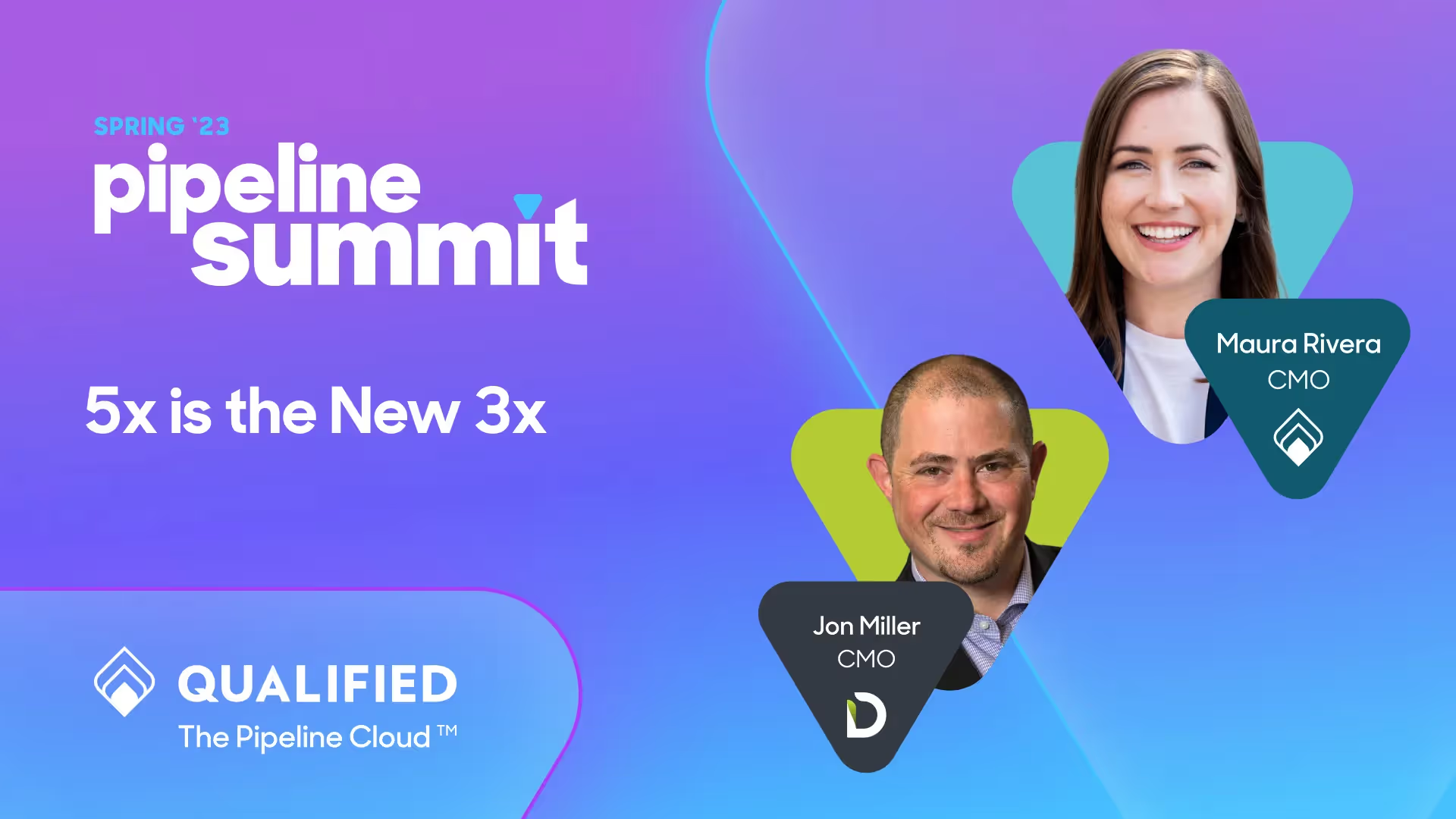5x is the New 3x
The status quo of pipeline coverage has changed drastically in the last six months. Hear how today’s top CMOs are increasing their pipeline coverage with tighter budgets and the levers they’re pulling to make it happen.




The status quo of pipeline coverage has changed drastically in the last six months. Hear how today’s top CMOs are increasing their pipeline coverage with tighter budgets and the levers they’re pulling to make it happen.

Join Latané Conant and Sean Whiteley as they discuss how B2B brands can leverage communities to build stronger connections with their peers and customers, ultimately driving growth, building trust, and amplifying their brands within target audiences.
Stay up to date with weekly drops of fresh B2B marketing and sales content.
The status quo of pipeline coverage has changed drastically in the last six months. Hear how today’s top CMOs are increasing their pipeline coverage with tighter budgets and the levers they’re pulling to make it happen.


Stay up to date with weekly drops of fresh B2B marketing and sales content.
The status quo of pipeline coverage has changed drastically in the last six months. Hear how today’s top CMOs are increasing their pipeline coverage with tighter budgets and the levers they’re pulling to make it happen.


Stay up to date with weekly drops of fresh B2B marketing and sales content.
The status quo of pipeline coverage has changed drastically in the last six months. Hear how today’s top CMOs are increasing their pipeline coverage with tighter budgets and the levers they’re pulling to make it happen.



Discover how we can help you convert more prospects into pipeline–right from your website.